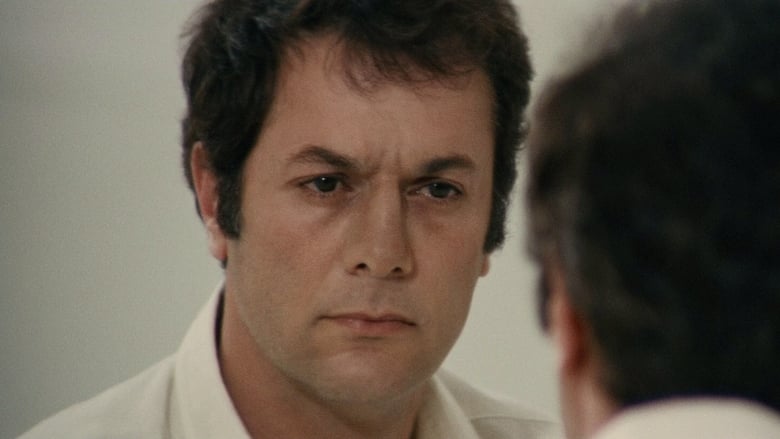
By 1957, Life magazine called the 1950’s “the horrible decade” for Hollywood. This didn’t change for the first part of the 1960s. Major studios were pumping millions into aging historical epics and musicals such as Hello Dolly! Cleopatra and King of Kings. With the rise of the French New Wave, Japanese cinema and Spaghetti Westerns making a splash in the US, audience members (mainly the youth) were demanding something new from Hollywood. Something they could find meaning, something that had artistic value, something like Michelangelo Antonioni’s Blow Up, a film with full-frontal nudity and distorted narrative structure. Or something like Bonnie and Clyde…
Arthur Penn’s crime film was the one that really knocked on Hollywood’s door step to say “out with the old, in with the new”. Soon, films like Midnight Cowboy, The Graduate, The Wild Bunch, Faces, The Trip and Easy Rider weren’t just filling movie theatres, but they were making money, creating a whole new brand of stardom, but also winning Oscars…New Hollywood was born.
The 1960’s remains one of, if not, the most important and significant decade of film history. This list explores 10 great films from 60s that are sometimes overlooked or underrated compared to heavy hitters.
1. The Swimmer (Frank Perry, 1968)
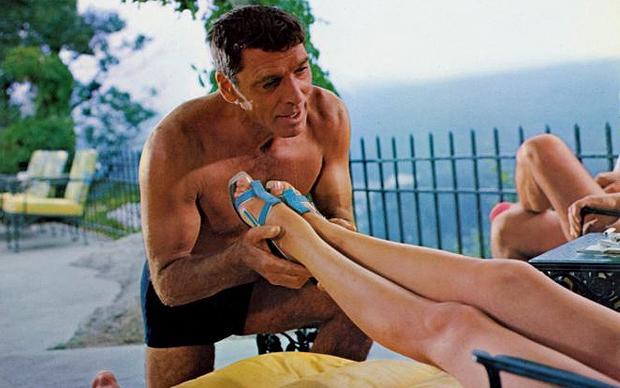
Burt Lancaster stars as Ned Merrill, a successful ad man who visits his friend in suburban Connecticut. When he notices the large amounts of backyard swimming pools in the area, Ned decides that he’d like to make his way back home by swimming across every pool in town. As Ned swims in each pool, he’s confronted with a reminder of his failures. The story was based on the 1964 short story of the same name by John Cheever, which appeared in the July 18, ’64 issue of The New Yorker. The screenplay was written by Eleanor Perry and directed by her husband, Frank Perry.
Although not smashing any box office records, or gaining any memorable praise from critics from the time, in recent years the film has gained cult film status. Roger Ebert described the film as “a strange, stylized work, a brilliant and disturbing one”. Vincent Canby in The New York Times wrote: “although literal in style, the film has the shape of an open-ended hallucination. It is a grim, disturbing and sometimes funny view of a very small, very special segment of upper-middle-class American life”.
Burt Lancaster is no stranger to great performances, but his portrayal of Ned, a man who attempts to keep a smile on his face, no matter how many times he’s reminded of his regrets and failures, is truly breath-taking. His large, broad, manly appearance, his charismatic manners and speech, is all just a mirage leading to the final devastating scene. The Swimmer is one of those films where the premise seems quite simple yet you stay for the character, and then you’re truly starstruck by its climax.
2. Two Thousand Maniacs! (Herschell Gordon Lewis, 1964)
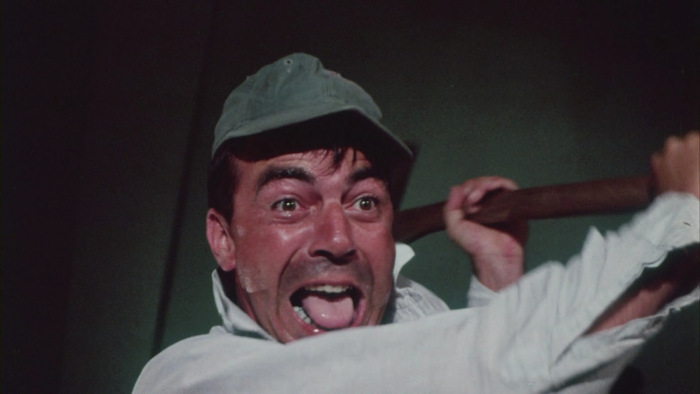
Three Yankee couples are lured into the small Southern town of Pleasant Valley for a Centennial celebration. The trip takes a dark bloody turn when the residents begin killing the tourists one by one, as revenge for the town’s destruction during the Civil War. The film was written and directed by “The Godfather of Gore”, Herschell Gordon Lewis, a term given to him due to his ruthless exploitation films. The film stars 1963 Playboy Playmate Connie Mason, who also starred in another one of Lewis’ bloody horrors, Blood Feast, the year before.
The film was one of the first to introduce audiences to the “Southern Gore” and “Hicksploitation” sub-genres of films: the device which saw Northern outsiders stranded in the rural South who are then violently murdered by malignant, backwoods Southerners. The film was incredibly influential on Tobe Hooper’s classic horror, The Texas Chainsaw Massacre, as well other films such as Deliverance, Eaten Alive and The Hills Have Eyes.
What makes the film quite special is that they shot it in the small town of St. Cloud, Florida, and had the entire town’s residents participate in the film as actors and extras. This gave the film that extra authenticity which added to the “fish out of water” storyline that the characters from up North were experiencing.
The film was heavily cut by the MPAA for its release which resulted in it hardly being screened across the country. Instead, the film mostly played at drive-in theatres and did considerably well, especially in the Southern states. The crude, gory violence is what makes the film special. It starts off as a positive trip, full of laughter, fun, celebration and that stereotypical Southern hospitality. Then, it soon turns into a violent nightmare of vengeance. What really makes the film horrifying, is the way the Southern characters act. They’re rarely angry, or show their emotions of revenge. Instead, they follow out their violent plan with a smile, containing their hospitality.
3. Point Blank (John Boorman, 1967)
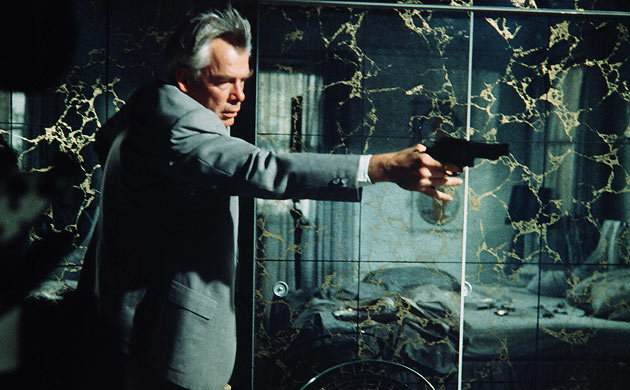
After being double-crossed and left for dead, a ruthless gangster named Walker (Lee Marvin), swears revenge as he goes on a violent journey to retrieve the money that was taken from him. The script was written by Alexander Jacobs, David Newhouse and Rafe Newhouse, and was based on the 1963 crime noir pulp novel The Hunter by Donald E. Westlake (as Richard Stark).
The film was met with good reviews upon its release. Legendary film critic, Pauline Kael, wrote “A brutal new melodrama is called Point Blank, and it is…intermittently dazzling”. Roger Ebert also praised the film, giving it three out of four stars and said “as suspense thrillers go, Point Blank is pretty good”.
The film stood out in 1967 as it experimented with various styles and techniques. It blended film styles such as film noir and French New Wave as well as having a broken time-line due to the novel having a non-linear structure. The film also plays with narrative rhythm as it has long quiet scenes suddenly juxtaposed with bursts of violence. Boorman and Marvin worked very closely on the film, with equal parties coming up with ideas on how to shoot scenes and which visual metaphors to use.
The film has been an inspiration for many other movies and filmmakers, most notably Steven Soderbergh, who did the commentary on the DVD release of Point Blank. You can see many similarities in style, character and use of Los Angeles with Point Blank and Soderbergh’s The Limey. Brian Helgeland’s Payback, starring Mel Gibson was also based on the novel, The Hunter, although wasn’t as ground-breaking or critically acclaimed as Point Blank.
4. The Big Gundown (Sergio Sollima, 1966)
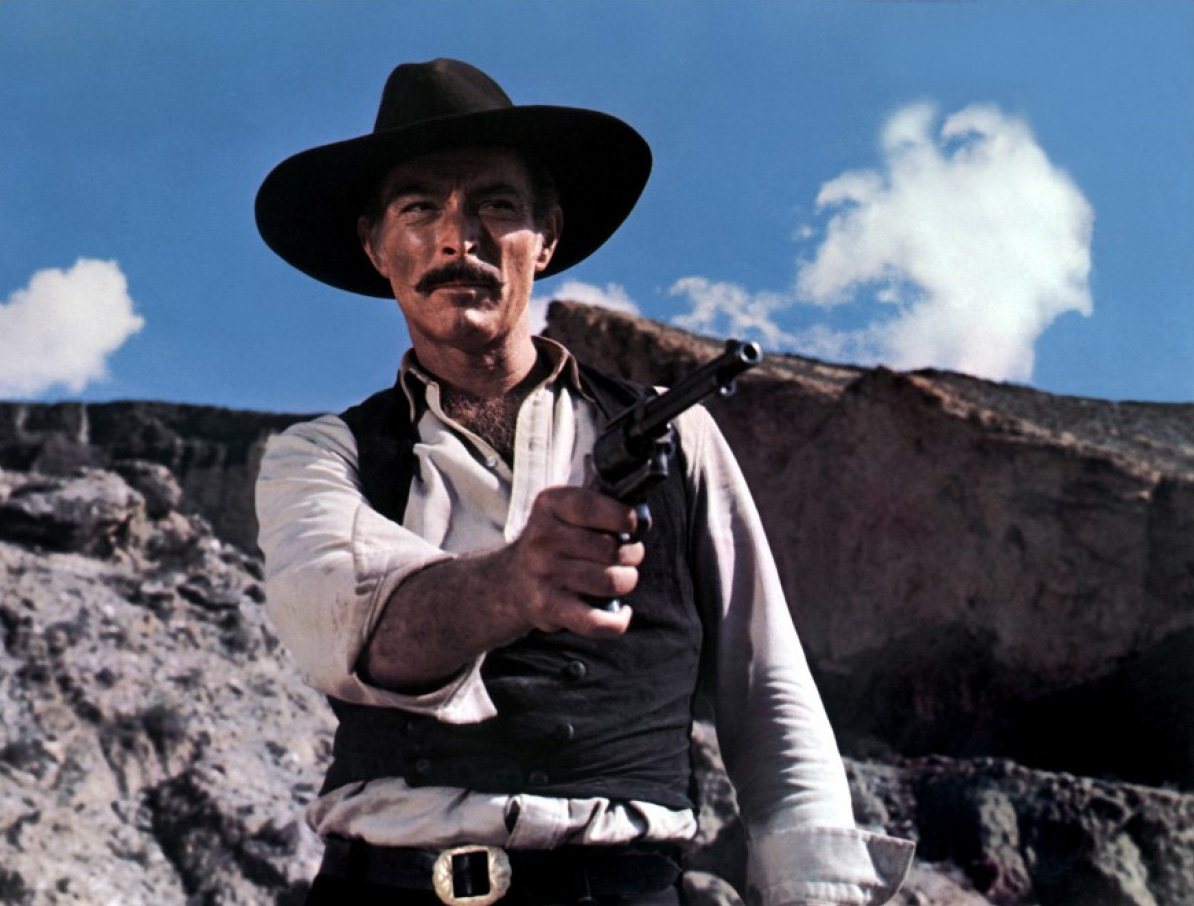
Lee Van Cleef stars in this Spaghetti Western as retired bounty hunter, Jonathan “Colorado” Corbett, on the hunt for a ruthless Mexican peasant, Cuchillo (Tomas Milian), who is accused of raping and killing a 12-year-old girl. Thinking it’s going to be an easy task; Corbett finds himself in more of a struggle than he thought as Cuchillo seems to be one step ahead of him. As the story progresses, Corbett discovers certain truths and revelations that change the motivation of his journey.
The film was directed by Italian exploitation director, Sergio Sollima, known for films such as the mafia flick The Family starring Charles Bronson, police thriller Revolver starring Oliver Reed, and Spaghetti Western Face to Face starring Tomas Millian and Gian Maria Volontè. The script was penned by Sollima and Sergio Donati, who wrote the Sergio Leone films For a Few Dollars More, Once Upon a Time in the West and A Fistful of Dynamite. He then went on to write and work on some heavy hitters in the 80s such as Raw Deal, Renegade and Man on Fire.
The film’s twists and turns are satisfying yet expected with both the genre and the filmmakers, but what really makes the film special is the on-screen relationship Lee Van Cleef and Tomas Millian have. Millian’s juvenile and despicable behaviour matched with Cleef’s strict, straight faced, determination creates a two-man brand that could have worked wonders in comedies similar to that of Terence Hill and Bud Spencer’s.
The film’s secret sauce that really makes it stand out is its score, composed by the great and irreplaceable, Ennio Morricone. The score is emotional, yet grand and thrilling. Morricone’s contribution to not only westerns but films of all genres, was and will be forever unmatched. He could boost a film’s quality up to ten just by simply adding some of his masterful themes into a scene.
Although The Big Gundown isn’t the greatest Spaghetti Western ever made, it sure is one of the most entertaining and satisfying to watch, especially when you have Lee Van Cleef at the top of his game, dominating the screen.
5. Bob & Carol & Ted & Alice (Paul Mazursky, 1969)
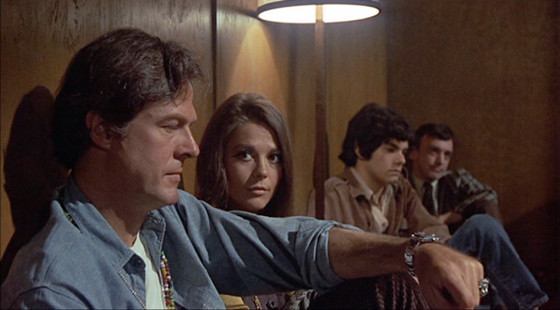
Bob (Robert Culp) and Carol (Natalie Wood) are a trendy hip Los Angeles couple who begin having an open relationship due to them both having affairs. Attempting to take it further, they try to involve their uptight friends Ted (Elliot Gould) and Alice (Dyan Cannon) into their relationship. The film was penned by Larry Tucker, known for Alex in Wonderland and I Love you, Alice B. Toklas! As well as Paul Mazursky who also directed the film.
Mazursky is one of the crucial directors that led the New Hollywood movement with films such as Alex in Wonderland, Blume in Love, Harry and Tonto, Next Stop Greenwich Village and An Unmarried Woman. In both his writing and directing, Mazursky marvelled in capturing the late 60s, early 70’s hippie rebellion as well as the opposite side who didn’t understand it, which is exactly what the characters in Bob & Carol & Ted & Alice share. Bob and Carol are open to the hippie movement, open to trying new things and exploring the new age of meditation and mindset. Yet, Ted and Alice have a minor stiff upper lip that prevents them from doing the same.
Like most of Mazursky’s work, the film has a good amount of humour which works in most of the actor’s favour, such as Gould who would act in the ground-breaking, Oscar worthy comedy M.A.S.H the following year. Although criticised at the time, the film’s ending is really what ties the film together. The audience gets to a place near the end of the film where it’s expecting the obvious outcome, yet it doesn’t deliver, but deep down, the audience is glad it doesn’t. With a nod to Fellini’s 8 ½, the film’s ending uses Jackie DeShannon performing Burt Bacharach and Hal David’s “What the World Needs Now Is Love”, in the most elegant way.
What makes Bob & Carol & Ted & Alice a uniquely great film, and especially that of the 60s, is it understands the complex moral confrontation that Americans in the age group of the film’s characters have. Similarly, to The Graduate, the film decides to show this in a comedy, which deep down dramatizes it in a way far more superior than if you were to strip the humour away.